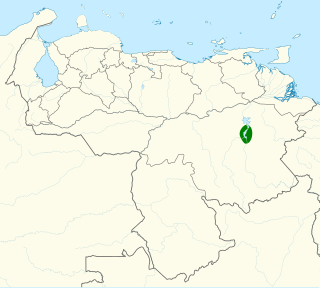
The Carrizal seedeater is a species of bird in the family Cardinalidae, the cardinals or cardinal grosbeaks. It is endemic to Venezuela.
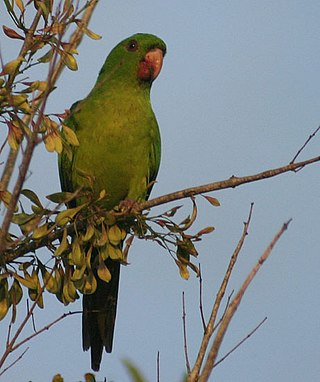
The green parakeet, green conure or Mexican green conure is a New World parrot. As defined by the International Ornithological Committee (IOC), it is endemic to Mexico.

The grey-headed dove (Leptotila plumbeiceps) is a large New World dove. It is found from eastern Mexico to Colombia.

The green-fronted hummingbird is a species of hummingbird in the "emeralds", tribe Trochilini of subfamily Trochilinae. It is found in Mexico and possibly Guatemala.

The greenish puffleg is a species of hummingbird in the "brilliants", tribe Heliantheini in subfamily Lesbiinae. It is found in Colombia, Ecuador, Panama, and Peru.

The speckled chachalaca is a species of bird in the family Cracidae, the chachalacas, guans, and curassows. It is found in Bolivia, Brazil, Colombia, Ecuador, and Peru.

The cinnamon screech owl is a species of owl in the family Strigidae. It is found in the Andes of Ecuador and Peru and possibly Colombia.

The Colombian crake is a species of bird in the subfamily Rallinae of the rail, crake, and coot family Rallidae. It is found in Colombia, Ecuador, and Panama.

The paint-billed crake is a species of bird in the subfamily Rallinae of the rail, crake, and coot family Rallidae. It is found in Costa Rica, Panama, every mainland South American country except Chile and Uruguay, and the Galápagos Islands.

The yellow-breasted crake is a species of bird in subfamily Rallinae of family Rallidae, the rails, gallinules, and coots. It is found on several Caribbean islands and in most of Central America and South America.

Amaurospiza is a genus of seed-eating birds in the cardinal family Cardinalidae that are found in Central and South America.

The blackish-blue seedeater is a species of bird in the family Cardinalidae, the cardinals or cardinal grosbeaks. It is found in Argentina, Brazil, and Paraguay.
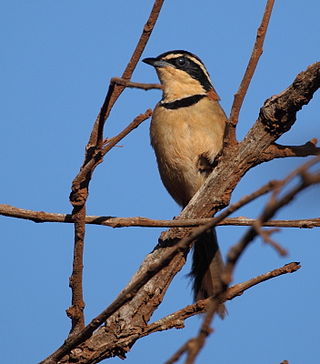
The collared crescentchest is a species of bird in the family Melanopareiidae. It is found in Brazil and Paraguay.

The northern royal flycatcher is a passerine bird in the family Tityridae according to the International Ornithological Committee (IOC). It is found in Mexico, south through most of Central America, to northwestern Colombia and far western Venezuela.

The tawny-throated leaftosser is a tropical American bird species in subfamily Sclerurinae, the leaftossers and miners, of the ovenbird family Furnariidae. It is also known as the Middle American leaftosser and less frequently as tawny-throated leafscraper, Mexican leaftosser or Mexican leafscraper. It is found from Mexico to Panama.

The black-tailed trogon is a species of bird in the family Trogonidae, the quetzals and trogons. It is found Panama and northern South America.

The gartered trogon, also known as the northern violaceous trogon, is a bird in the family Trogonidae, the quetzals and trogons. It is found in Mexico, all of Central America, and Colombia, Ecuador, Peru, and Venezuela.

The Chocó screech owl is a species of owl in the family Strigidae. It is found from central Panama to western Ecuador.
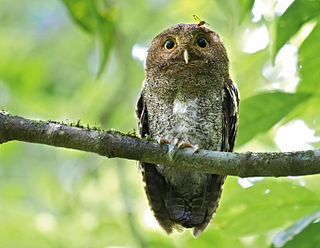
The vermiculated screech owl, is a subspecies, or possibly separate species, of owl in the family Strigidae. It is found in Costa Rica, Nicaragua, and Panama.
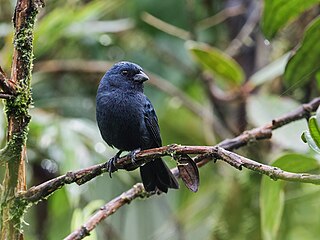
The Ecuadorian seedeater is a species of bird in the cardinal family Cardinalidae that the International Ornithological Committee (IOC) accepted as a species in 2015. It is found in the Andes in southwestern Colombia through Ecuador to northern Peru.




















